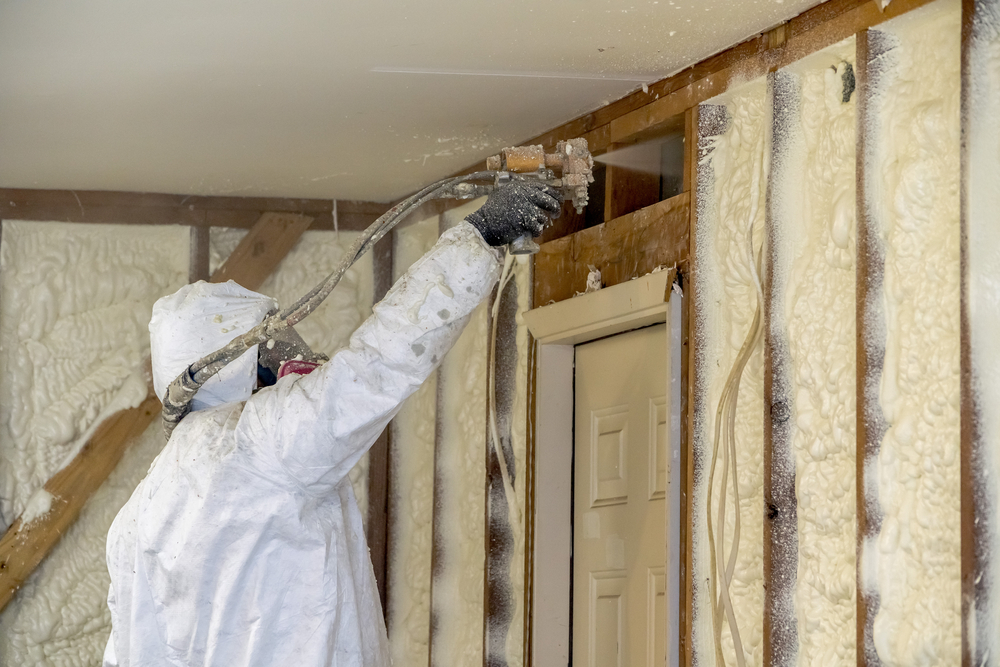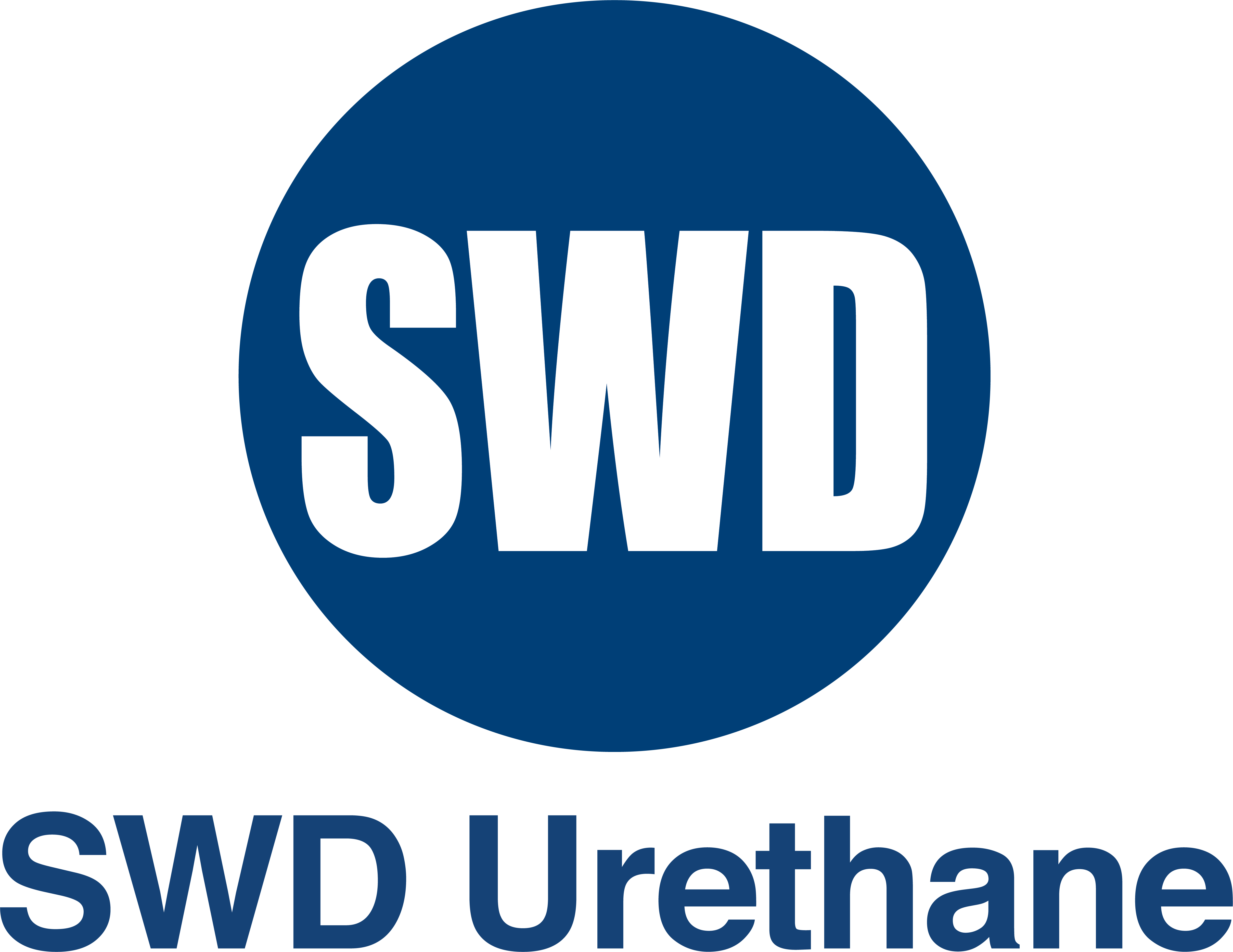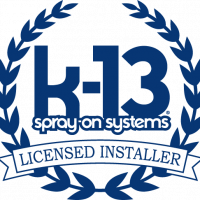
When it comes to optimizing energy efficiency and indoor comfort, choosing the best insulation type for your home or building is a critical decision. Among the most commonly used options are spray foam, fiberglass, and blown-in insulation. Each of these materials has distinct characteristics, advantages, and limitations, and understanding these differences is essential for homeowners, builders, and property managers looking to make an informed choice. In this blog, we’ll take an in-depth look at spray insulation, fiberglass insulation, and blow in insulation, exploring how they compare in terms of performance, cost, installation, and environmental impact.
Understanding Spray Foam Insulation
Spray insulation, more formally known as spray polyurethane foam (SPF), is a relatively modern insulation option that offers impressive energy-saving potential. It is applied as a liquid that expands into a foam, filling gaps, cracks, and irregular surfaces before hardening into a solid barrier. This expansion capability allows spray foam to create a highly effective air seal, which can significantly reduce air leakage—a primary cause of energy loss in homes.
There are two types of spray foam: open-cell and closed-cell. Open-cell foam is less dense and offers a softer texture, which can also provide soundproofing benefits. Closed-cell foam, on the other hand, is denser and more rigid, offering a higher R-value per inch, meaning it provides greater thermal resistance. This makes closed-cell spray insulation ideal for areas where space is limited but high insulation performance is needed.
One of the standout advantages of spray foam is its ability to act as both an insulator and an air barrier, which helps reduce heating and cooling costs. It’s also known for its moisture resistance, making it a good choice for areas prone to dampness or humidity. However, these benefits come at a cost—spray foam is significantly more expensive than other options, both in terms of material and installation. Professional application is essential, as improper installation can lead to performance issues and health concerns due to the chemicals involved.
Exploring Fiberglass Insulation
Fiberglass insulation is one of the oldest and most widely used insulation materials in the United States. Made from fine strands of glass fibers, this material is typically available in batts or rolls, though it can also come in loose-fill form. It is valued for its affordability, ease of installation, and non-combustible nature, making it a go-to option for budget-conscious homeowners and builders.
The installation of fiberglass insulation is relatively straightforward. It is often installed between wall studs, ceiling joists, and floor beams, where it slows the transfer of heat by trapping air within the fibers. This makes it effective for thermal resistance, though its performance is highly dependent on proper installation. Gaps, compression, or misalignment can significantly reduce its efficiency.
While fiberglass insulation is not as effective as spray foam at sealing air leaks, it still provides decent performance when installed correctly. It is also resistant to moisture and mold when kept dry, although it can lose effectiveness if it becomes wet. One concern with fiberglass is its potential to irritate the skin, eyes, and respiratory system during installation, so proper protective gear is necessary. Additionally, while fiberglass has a lower upfront cost compared to spray insulation, it may not deliver the same long-term energy savings, particularly in older homes with numerous air leaks.
Delving into Blown-In Insulation
Blow in insulation, also known as loose-fill insulation, offers a different approach to insulating a space. Made from either cellulose (recycled paper products), fiberglass, or mineral wool, this insulation is installed using a blowing machine that disperses the material into wall cavities, attics, and other hard-to-reach spaces. Its ability to fill nooks and crannies makes it an effective solution for both retrofits and new construction.
Cellulose blow in insulation is particularly praised for its environmental friendliness, as it typically contains a high percentage of recycled content and is treated with fire retardants for safety. Fiberglass variants of blown-in insulation are also common and share similar thermal properties to fiberglass batts. One of the main advantages of blown-in insulation is its flexibility—it can conform to irregular spaces and provide good coverage over existing insulation.
In terms of performance, blown-in insulation can be very effective at reducing air infiltration when densely packed. However, like fiberglass batts, its effectiveness depends on proper installation. Settling over time can reduce its R-value, especially in attic spaces. To maintain performance, it may need to be topped up periodically. Blown-in insulation is generally more affordable than spray foam and offers a middle-ground solution in terms of cost and efficiency, making it an attractive choice for many homeowners.
Performance Comparison and Practical Applications
When comparing the best insulation type among spray insulation, fiberglass insulation, and blow in insulation, several factors must be considered, including thermal performance (R-value), air sealing capability, moisture resistance, environmental impact, and cost.
Spray foam boasts the highest R-value per inch, typically around R-6.5 for closed-cell varieties, and its superior air-sealing properties can dramatically reduce heating and cooling costs. This makes it an excellent option for climates with extreme temperatures and for homes where minimizing air leakage is a priority. However, its high cost and complex installation process can be prohibitive.
Fiberglass insulation generally offers R-values in the range of R-2.9 to R-3.8 per inch and is most effective when installed in spaces with standard framing. While it lacks the air-sealing capability of spray foam, it remains a popular choice for its low cost and ease of installation. It is particularly suitable for attics, walls, and floors in moderate climates.
Blown-in insulation offers comparable R-values to fiberglass batts and excels in filling irregular or hard-to-reach spaces. Its installation requires specialized equipment but can be completed relatively quickly by professionals. Cellulose versions offer added environmental benefits, while fiberglass versions are non-combustible. The material’s tendency to settle over time should be factored into long-term performance considerations.
Choosing the Best Insulation Type
Selecting the best insulation type ultimately depends on your specific needs, priorities, and budget. If you are building a new home or undergoing a major renovation and are willing to invest in top-tier energy efficiency, spray insulation may be the best choice. Its superior performance in sealing air leaks and resisting moisture can result in long-term energy savings that justify the higher upfront cost.
For those looking for a cost-effective, tried-and-true solution, fiberglass insulation remains a reliable option. It’s easy to install, widely available, and offers reasonable thermal resistance for a fraction of the cost of spray foam. While it may not provide the same level of air sealing, it performs well in many standard residential applications.
Blow in insulation strikes a balance between cost and performance, making it ideal for retrofits and hard-to-reach spaces. Its ability to conform to irregular cavities and provide solid thermal resistance makes it a versatile option for attics and wall cavities, especially in older homes. Environmentally conscious homeowners may also favor cellulose blown-in insulation for its recycled content and lower environmental footprint.
Conclusion
There is no one-size-fits-all solution when it comes to insulation. Each type—spray foam, fiberglass, and blown-in—has its strengths and trade-offs. The key to making the right choice lies in understanding your home’s unique requirements and consulting with a qualified insulation professional who can assess your situation and recommend the best approach. Investing in the right insulation not only improves comfort and reduces energy costs but also contributes to a more sustainable and efficient living environment.
Need Insulation Near You?
Since 2001, Ace Insulation Inc. has been your premier insulation experts. We take pride in being locally owned and operated as well as offering high-quality service. We specialize in the installation of insulation. Whether you are building a new home or renovating your existing space, we are the place to call. We have many materials to choose from, including fiberglass and spray foam. If you are looking for high-quality work, call us today to schedule your next consultation!


